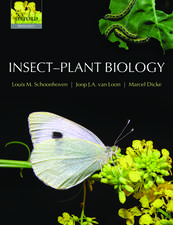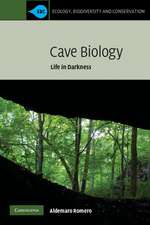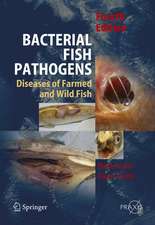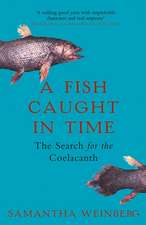Evolution of Life: Fossils, Molecules and Culture
Editat de Syozo Osawa, Tasuku Honjoen Limba Engleză Paperback – 20 ian 2012
| Toate formatele și edițiile | Preț | Express |
|---|---|---|
| Paperback (1) | 402.76 lei 6-8 săpt. | |
| Springer – 20 ian 2012 | 402.76 lei 6-8 săpt. | |
| Hardback (1) | 406.42 lei 6-8 săpt. | |
| Springer – 8 mai 1991 | 406.42 lei 6-8 săpt. |
Preț: 402.76 lei
Nou
Puncte Express: 604
Preț estimativ în valută:
77.07€ • 80.63$ • 64.02£
77.07€ • 80.63$ • 64.02£
Carte tipărită la comandă
Livrare economică 02-16 aprilie
Preluare comenzi: 021 569.72.76
Specificații
ISBN-13: 9784431683049
ISBN-10: 4431683046
Pagini: 480
Ilustrații: XIII, 460 p.
Dimensiuni: 170 x 244 x 25 mm
Greutate: 0.76 kg
Ediția:Softcover reprint of the original 1st ed. 1991
Editura: Springer
Colecția Springer
Locul publicării:Tokyo, Japan
ISBN-10: 4431683046
Pagini: 480
Ilustrații: XIII, 460 p.
Dimensiuni: 170 x 244 x 25 mm
Greutate: 0.76 kg
Ediția:Softcover reprint of the original 1st ed. 1991
Editura: Springer
Colecția Springer
Locul publicării:Tokyo, Japan
Public țintă
ResearchCuprins
1 Bio-Geo Interacting Systems.- 1.1 Fossils and Evolution.- 1.2 Biological Extinction in Terms of Overadaptation.- 1.3 Revolutions and Colonizations in the History of Life.- 2 Evolution of Biological Information.- 2.1 The Genomic Tag Model for the Origin of Protein Synthesis: Further Evidence from the Molecular Fossil Record.- 2.2 Neutral Evolution.- 2.3 Recent Evidence for Evolution of the Genetic Code.- 2.4 The Grammatical Rule of DNA Language: Messages in Palindromic Verses.- 2.5 Module Organization in Proteins and Exon Shuffling.- 2.6 Molecular Evolution and the Immunoglobulin Gene Superfamily.- 2.7 Evolution of the Multigene Family: A Case of Dynamically Evolving Genes at Major Histocompatibility Complex.- 2.8 Evolution of a Urea Cycle Enzyme to ?-Crystallin.- 2.9 Evolution of Repetitive Sequences.- 2.10 Evolution of Organellar Genomes.- 3 Diversification of Organisms.- 3.1 Mechanisms of Speciation: A Review.- 3.2 Comparing Life Histories.- 3.3 The Seething Genetics of Health andthe Evolution of Sex.- 3.4 On the Evolution of Reproductive Isolation and the Origin of Species.- 3.5 The Evolution of Cells.- 3.6 Symbiosis in Evolution: Origins of Cell Motility.- 3.7 Archaebacteria Vs Metabacteria: Phylogenetic Tree of Organisms Indicated by Comparison of 5S Ribosomal RNA Sequences.- 3.8 Evolution of Archaebacteria: Phylogenetic Relationships Among Archaebacteria, Eubacteria, and Eukaryotes.- 3.9 Early Biochemical Evolution: Speculations on the Biochemistry of Primitive Life.- 4 Human Evolution.- 4.1 Man, Culture, and Environment.- 4.2 The Origin of the Genus Homo.- 4.3 Sequence Evolution of Mitochondrial DNA in Humans and Chimpanzees: Control Region and a Protein-Coding Region.- 4.4 Evolutionary Relationships of Human Populations at the Molecular Level.- 4.5 Human Genome and Human Evolution.- 4.6 Some Theoretical Aspects of the Origin of Cultural Transmission.- 5 Summary and Concluding Remarks.- 5 Summary and Concluding Remarks.














